If you buy through our links, we may earn an affiliate commission. This supports our mission to get more people active and outside.Learn about Outside Online's affiliate link policy
The Right Way to Carb Cycle
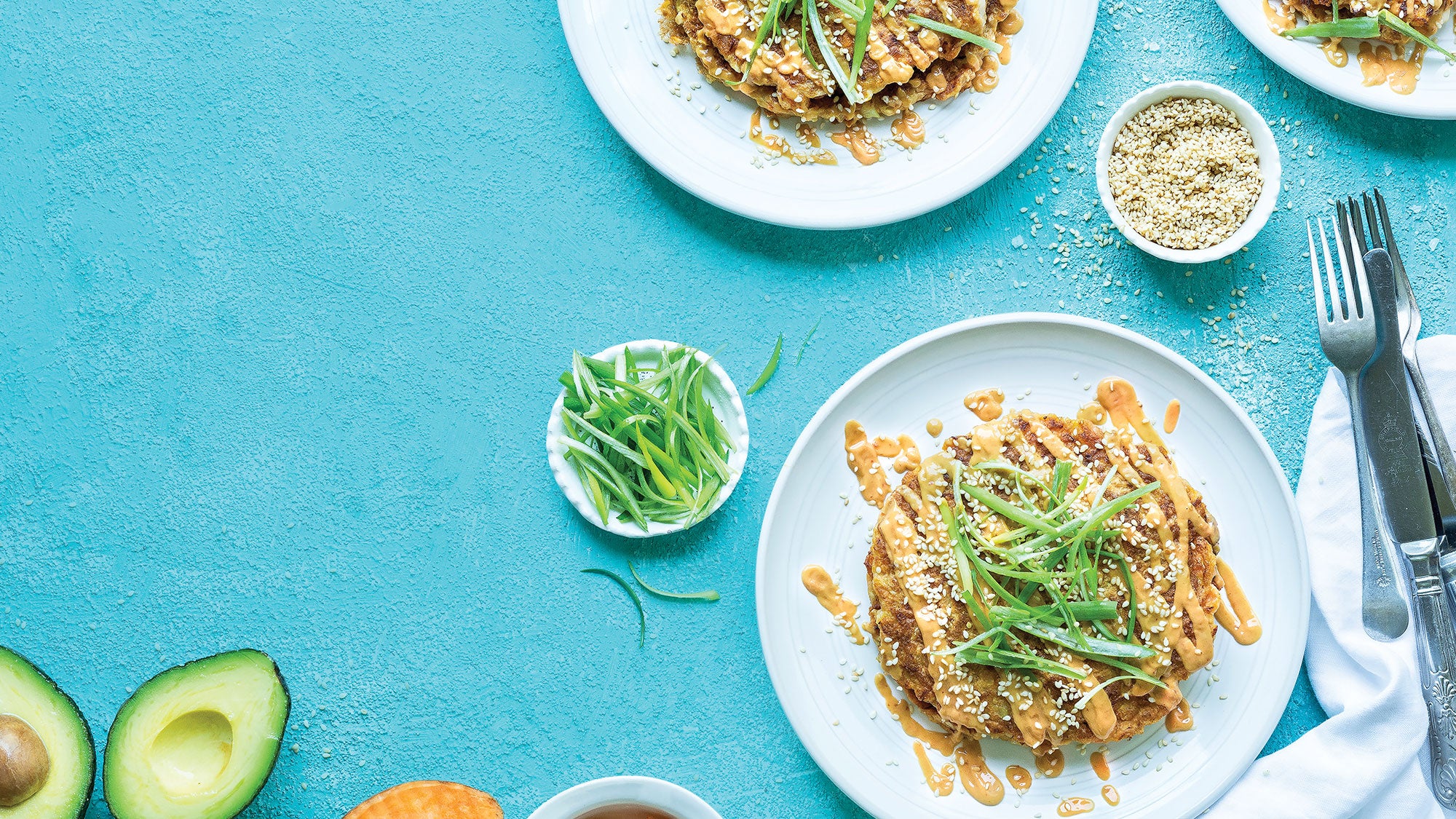
Carbs. For years, we were told they were good for us, but more recently they’ve become demonized. A fear of carbs pushed people toward Paleo, then keto, and more recently, the carnivore diet (a diet that excludes plant foods), as they tried to restrict their carb intake further and further in hopes of better health, weight management and longevity.
Unfortunately, there seems to be some confusion about carbs – what they are, which carb choices are best, how much to eat and when to eat them. In this section, we’re going to clear up the confusion around carbs and give you a primer on carb cycling to help you achieve better results with your exercise goals, body composition and overall health.
What are carbs and how do they affect the body?
Carbs (short for carbohydrates) are one of three macronutrients that your body needs for fuel and processes such as tissue repair and growth. Carbs are found in almost all plant foods such as fruit, vegetables, beans, nuts, seeds, grains, honey as well as in dairy products such as milk, cheese and yogurt. Carbs are also hidden in most sauces, salad dressings, soups and dessert items.
After you eat a food high in carbohydrates, your blood sugar rises. This signals your pancreas to release insulin, which moves the blood sugar, often called glucose, from your bloodstream and into your cells where it will be burned for energy. If all the glucose is not required for energy, it will be stored.
However, a diet high in carbs, especially refined carbs, can promote weight gain and a condition called insulin resistance (IR). With IR, the insulin does not do a good job of moving the sugar into the cells, instead shuttling it into fat cells for storage. The increase in size and number of fat cells increases body fat, which further promotes IR. It’s an unhealthy cycle, but one that can be broken.
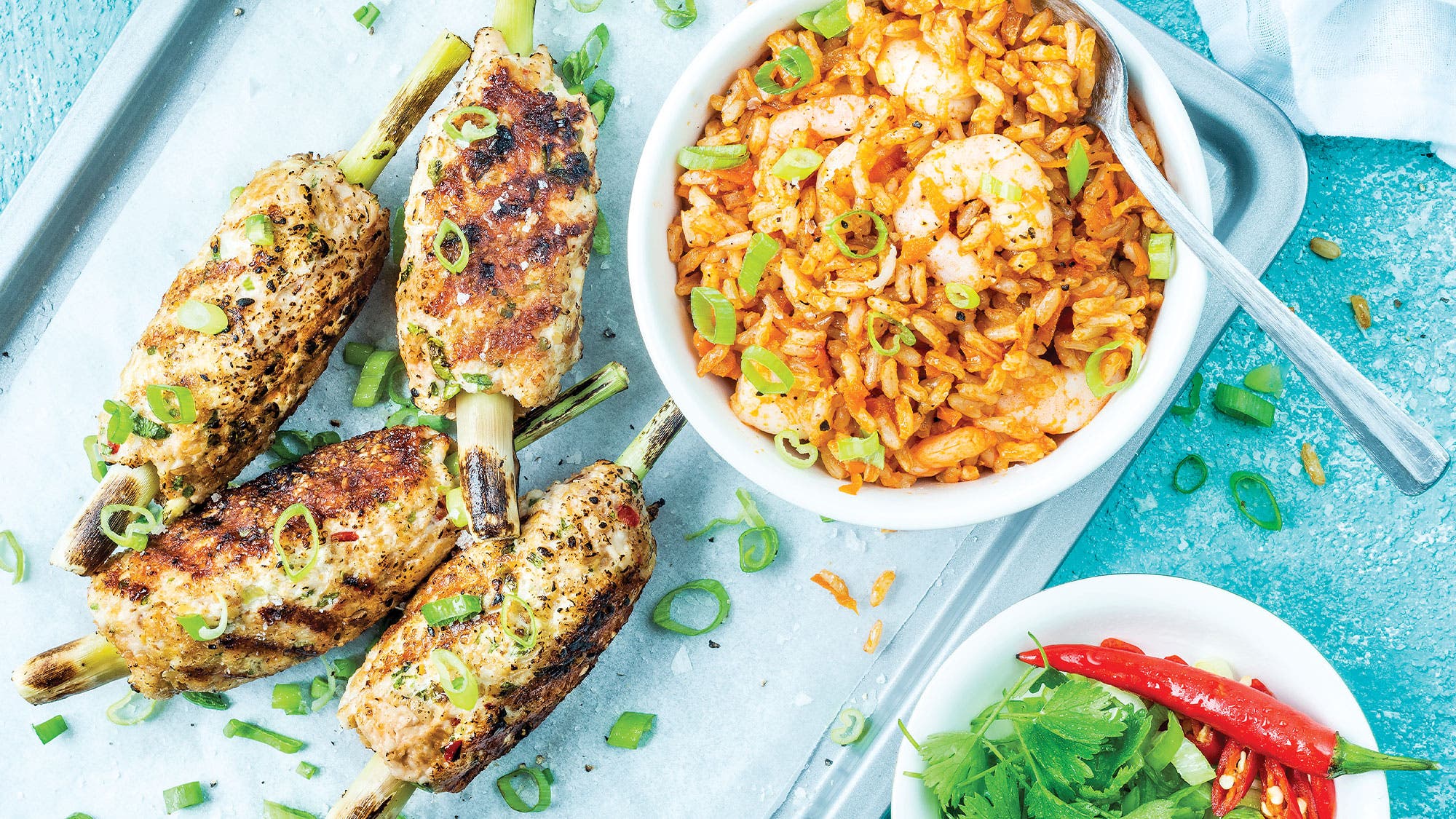
Break the cycle with carb cycling
Carb cycling is often used to lose body fat, overcome a weight loss plateau or train the body to perform better at a certain type of exercise. As the name suggests, with carb cycling, you alternate days of low- carbohydrate eating with days of moderately higher carb intake.
On low-carbohydrate days, your body burns through glycogen (a stored form of carbs) and is forced to tap into body fat as a fuel source. It can take at least two to three days of low-carb eating to get your body to switch over to a predominantly fat-based system. While eating low carb, you are trying to train your body to improve insulin sensitivity, which can help with blood sugar stability and may promote improved triglyceride levels. The drawbacks of the initial days of eating low carb are that you may feel symptoms such as fatigue, aches (sometimes referred to as the “carb flu”), irritability, headaches, nausea and dizziness. These are all due to the loss of excess fluid and electrolytes that your body quickly eliminates when glycogen levels drop. An easy remedy that might help is to try slightly increasing your sodium and magnesium intake on low-carb days.
On higher-carb days, you can refuel your glycogen stores, which may improve performance, reduce muscle breakdown, improve the function of certain hormones and prevent dietary boredom.
Can you lose weight while carb cycling?
Anytime you lose weight, it comes from a combination of fat, lean tissue, glycogen and water. In the initial low-carb days, weight loss is primarily from water. The expectation is that over time, the proportion of weight loss from fat will increase and loss of lean tissue will decrease as long as you are doing some form of muscle-stimulating exercise on a regular basis. This can come from weight lifting, resistance training or body-weight training.
As long as there is a stimulus on the muscles and enough fuel coming in, especially from protein, you should be able to preserve your lean mass and burn more body fat. Of course, you still have to be in a mild caloric deficit to promote weight loss.
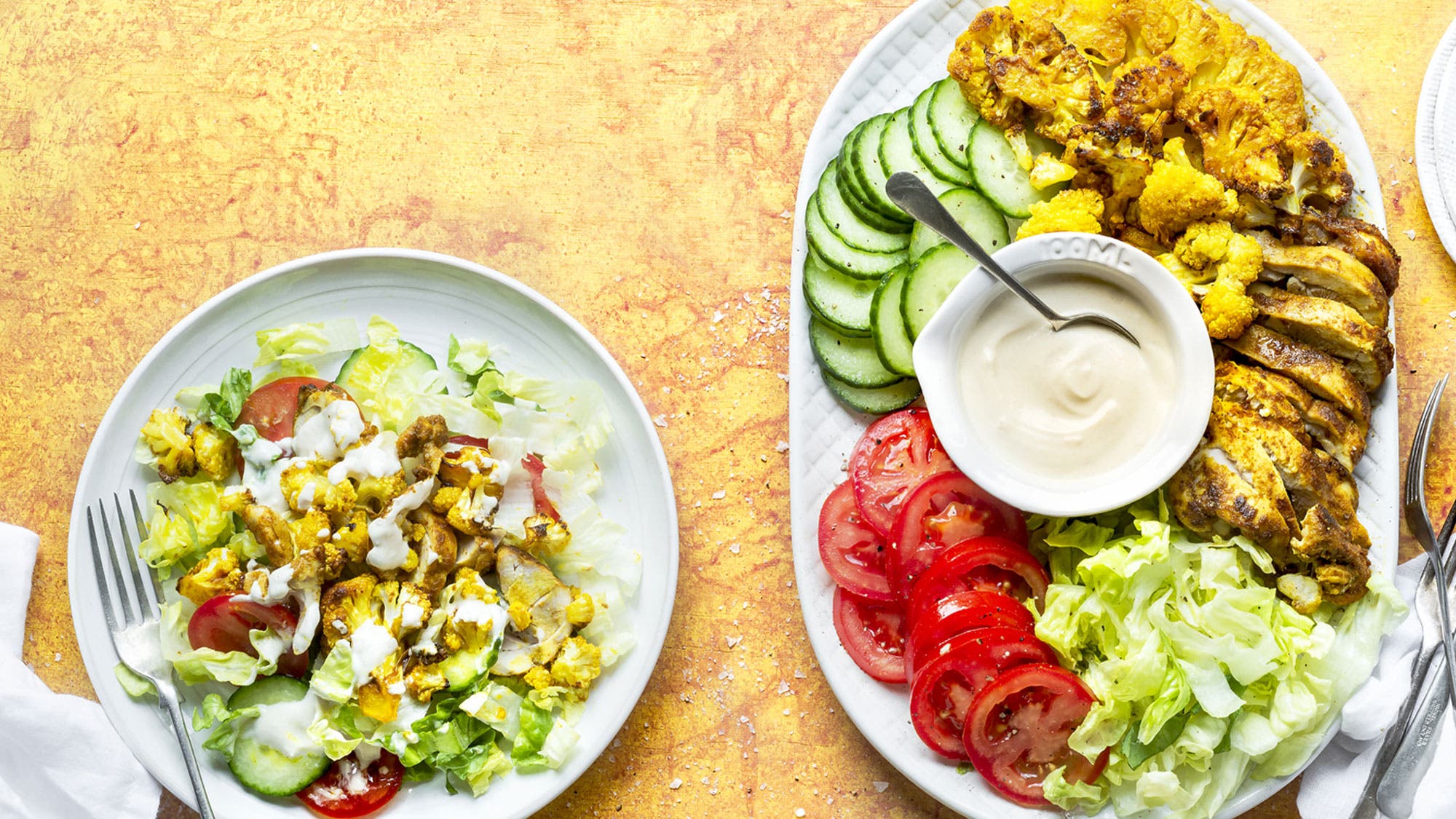
How many carbs?
There is no one “right” way to carb cycle, and you must take into consideration your goals, age, gender, height, weight, body fat percentage and workout program. What we have found to work best is to lower total carbs to approximately 50 grams on the low-carb days, and increase to around 150 grams on the high-carbs days. Protein stays relatively constant on all days, which will help with satiety as well as muscle preservation. Carbs and fat work in opposition to each other – when carbs are low, fat is high, as well as the reverse. The difference between a low-carb day and a high- carb day is about 100 grams of carbs. So, what foods should you choose on your high-carb days? We recommend sticking with nutrient- dense options, such as sweet potatoes, bananas, quinoa, oats, beans and lentils. These foods contain fiber, which can cause a slower rise in blood sugar and promote satiety, plus a fiber-rich diet may help reduce inflammation.
Our carb-cycling plan follows a 3:1 ratio – three days of low-carb eating followed by one day of higher-carb meals. Repeat this as many times as you’d like to achieve your fitness, weight and health goals. In order to succeed, you need to give this program time. We suggest assessing your progress every month.
Who should not carb cycle? Prolonged low-carb days can be hard on the thyroid and adrenal glands, especially if you have Hashimoto’s disease or are under a high level of stress. If you are pregnant, nursing, underweight or have an eating disorder (or a history of an eating disorder), you should not try carb cycling. If you are on any medications, such as insulin, where dosages may be impacted by body weight or carb/fat intake, speak with your doctor before starting a carb-cycling plan.
Calculate your macros:
Low-Carb Day
- Carbs – 0.3 to 0.5 x body weight (lbs)
- Protein – 0.8 to 1.0 x body weight (lbs)
- Fat – 0.4 to 0.5 x body weight (lbs)
High-Carb Day
- Carbs – 1.0 to 1.1 x body weight (lbs)
- Protein – 0.7 to 0.9 x body weight (lbs)
- Fat – 0.2 to 0.3 x body weight (lbs)
Match Your Workouts to Your Carbs
Your carb-cycling plan can vary and depend on your training schedule. Here’s how to match your high-carb meal day with your workouts:
Option 1: On the days you’re doing intense physical workouts, especially if you work out later in the day, plan to eat the higher-carb meal that day to optimize energy and minimize fatigue.
Option 2: If you perform your intense physical workouts in the morning, plan your high-carb day the day before. On low-carb days, opt for workouts that require less energy, such as walking, yoga, Pilates, stretching, dancing and hiking.
Snacks
Snacks are completely optional in this Meal Plan. If you feel physical hunger between meals, that’s your body’s way of telling you that you likely need to eat more food. You can either bump up your intake at a meal or have a snack between meals. Here are some of our favorite options for low- and high-carb days.
Best Snack Options For a Low-Carb Day:
- 2 hard-boiled eggs + ½ avocado sprinkled with hemp seeds
- ¼ cup macadamia nuts
- 2 celery sticks + 2 tbsp nut butter
- 2 oz smoked salmon + ½ cucumber, cut into rounds + sesame seeds (optional)
- Golden Milk: Heat 1/2 cup coconut milk. Whisk in ½ tsp turmeric, 1/8 tsp cinnamon and protein powder (20 g protein; look for collagen, whey, egg or pea). Sweeten with liquid monkfruit, if desired.
Best Snack Options Fora High-Carb Day:
- ½ cup black beans + ⅓ cup brown rice with ¼ tsp cumin + 1 tbsp salsa
- 1 apple + 1 tbsp almond butter
- 2 hard-boiled eggs + 1¼ cups strawberries
- 1 banana + 1 tbsp nut or seed butter
- Protein shake: 2 scoops collagen peptides + 1 small banana + 8 oz unsweetened almond milk
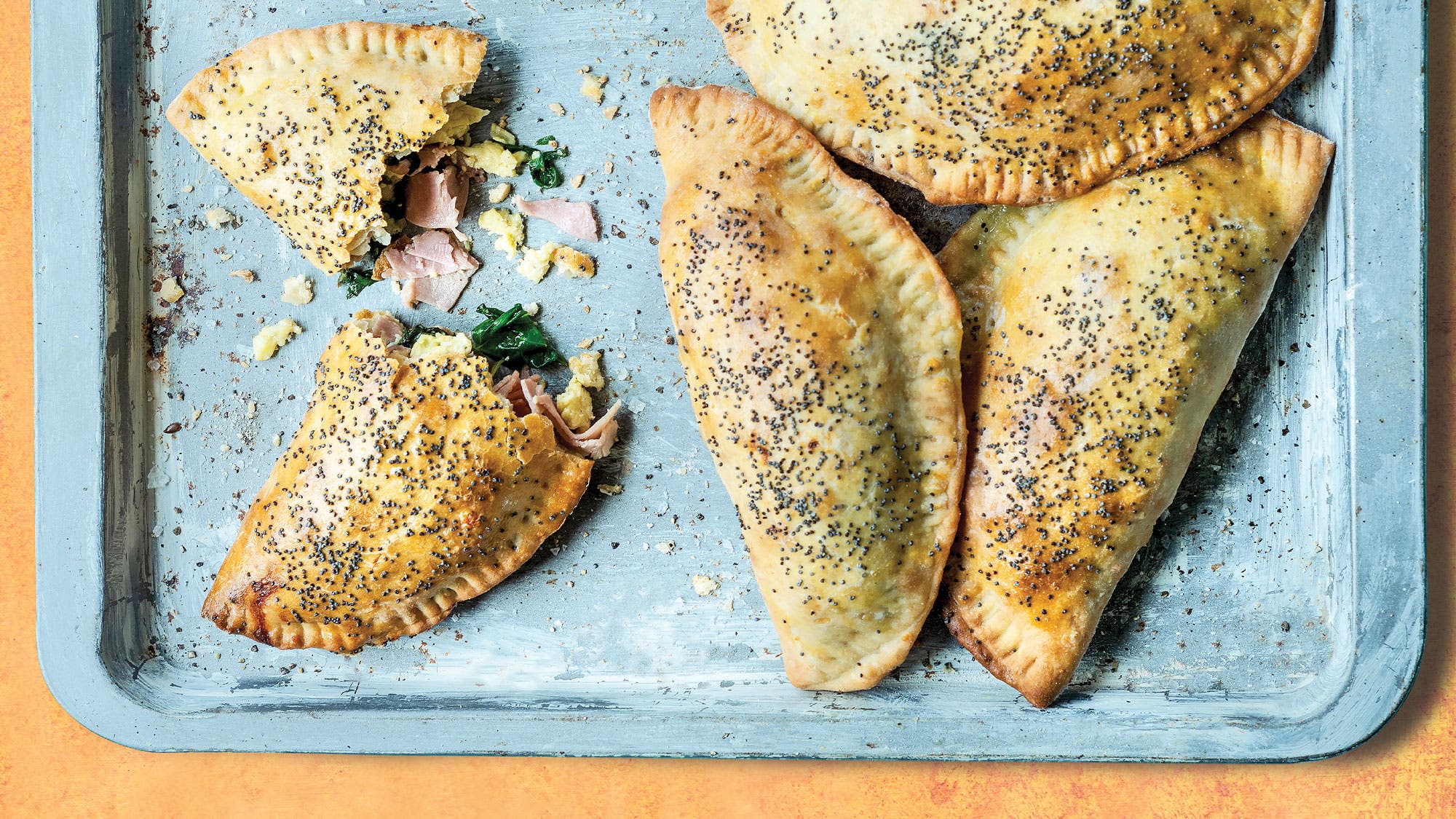
Carb Ups
Need an easy way to figure out your high-carb days? Take a low-carb recipe and add a carb up. Each of these whole-food options is approximately 15 grams of carbs, so they can take a low-carb recipe and turn it into a higher-carb meal.
- 1 cup sliced or 1¼ cups whole strawberries
- 2 oz sweet potato
- 1/3 cup cooked brown rice
- 1/2 cup cooked oats
- 1 small or ½ large banana
- 1 small or ½ large orange
- 1 small of ½ large apple
- ½ cup corn or 1 6-inch ear of corn
- 1 cup butternut squash
- 1 slice sprouted bread
- Other options for carb ups that also add protein:
Approximately 13 to 15 grams carbohydrates and 5 to 6 grams of protein:
- 1/3 cup cooked black beans
- 1/3 cup cooked lentils
Approximately 15 grams of carbohydrates, 15 grams of protein and 8 grams fat:
- 1¼ cups edamame (measured in shell)
Approximately 13 grams carbohydrates, 3 grams of protein and 1 gram fat:
- 1/3 cup cooked quinoa
Recipes
- Okonomiyaki Pancakes
- Lemongrass Chicken Satays & Shrimp Fried Rice
- Chicken Donair Plate
- Cauliflower Fish Cakes with Coconut Chutney
- Breakfast Pockets
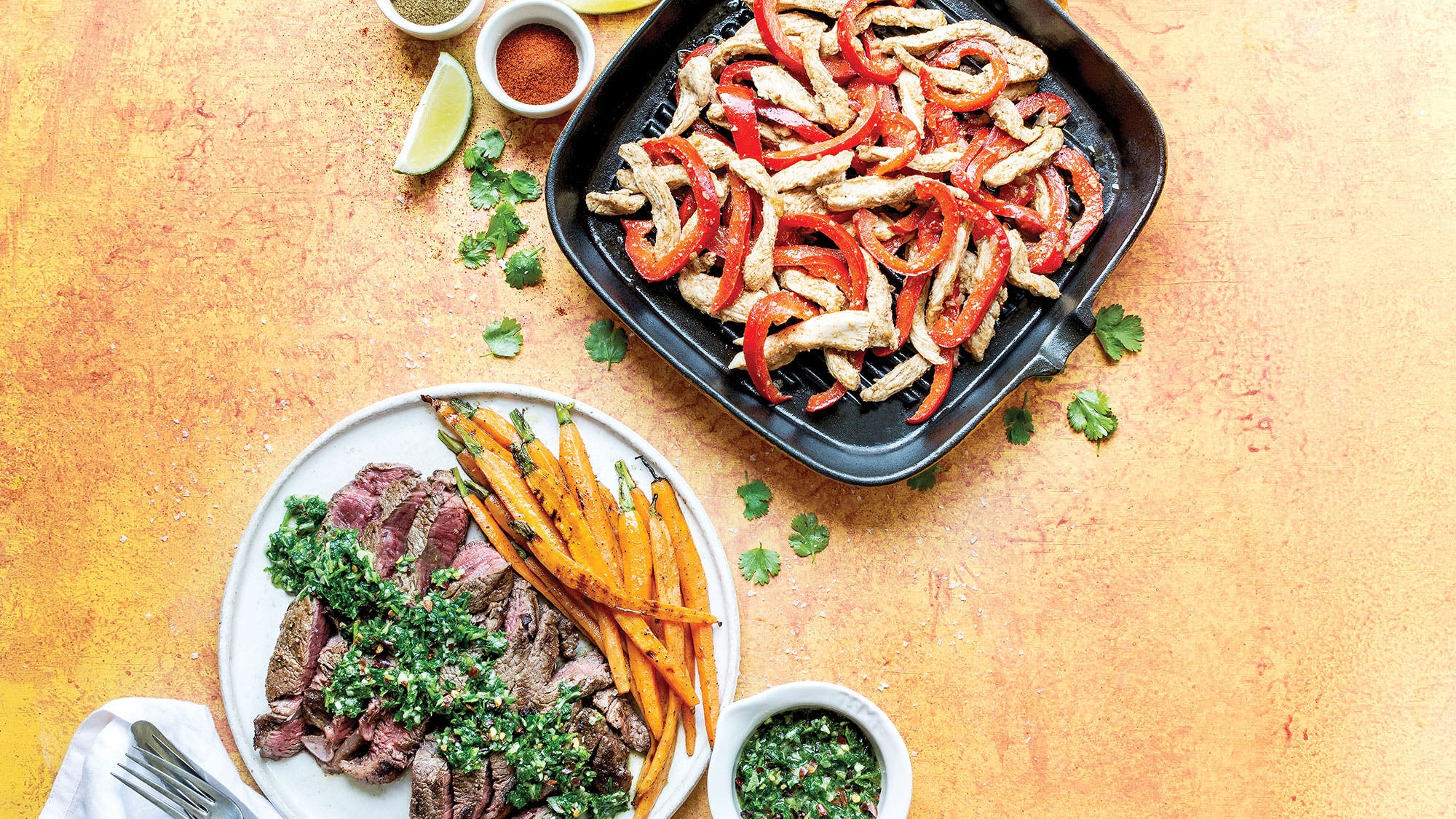
Flank Steak with Chimichurri Sauce & Roasted Carrots
Make Chimichurri: In a blender or food processor, pulse 2 cloves garlic. Add 1 cup cilantro, 1 green onion, ½ Thai red chile pepper, seeded, juice of 1 lemon, 1 tbsp each olive oil and water, ¼ tsp sea salt and ⅛ tsp black pepper; pulse until mixed.
Grill steak and carrots: Cut 8 carrots in half lengthwise. Heat a grill or grill pan to medium-high. Rub carrots with 1 tsp olive oil and season carrots and steak with ¼ tsp each onion powder and ground cumin, ⅛ tsp smoked paprika and pinch each salt and pepper. Cook steak for 3 to 4 minutes, flip and cook 3 to 4 minutes more, or to desired level of doneness. Let rest 10 to 15 minutes. Place carrots on grill and cook, rotating occasionally to get a slight char on each side, about 15 minutes total. Slice steak against the grain. Serve with chimichurri.
Spicy Chicken Fajitas
In a large bowl, whisk together the juice of 1 lime, ½ tbsp olive oil, ½ Thai red chile pepper, seeded and minced, ¼ tsp each smoked paprika, cumin and coriander and pinch each salt and black pepper. Add 12 oz boneless, skinless chicken breast, cut into strips, ½ yellow onion (optional), chopped, and 1 red bell pepper, julienned. Set aside at room temperature for 20 minutes. In a large nonstick skillet (or in a grill pan), heat 1 tbsp olive oil. Add chicken and vegetables, discarding remaining marinade. Cook for 5 minutes, stirring often. Add 1 clove chopped garlic and sauté 1 minute. Squeeze juice of 1 lime over chicken and veggies; cook 1 minute more until chicken is cooked through and vegetables are tender.
We independently source all of the products that we feature on cleaneatingmag.com. If you buy from the links on our site, we may receive an affiliate commission, which in turn supports our work.